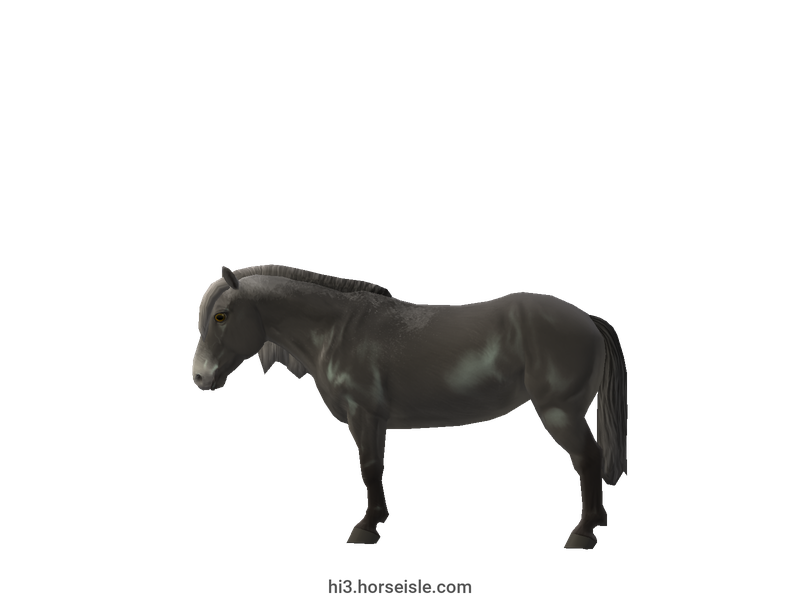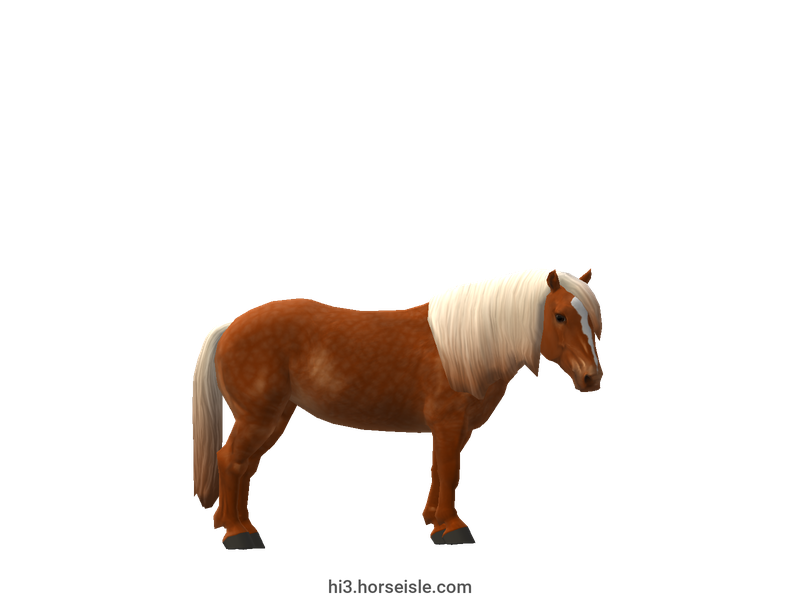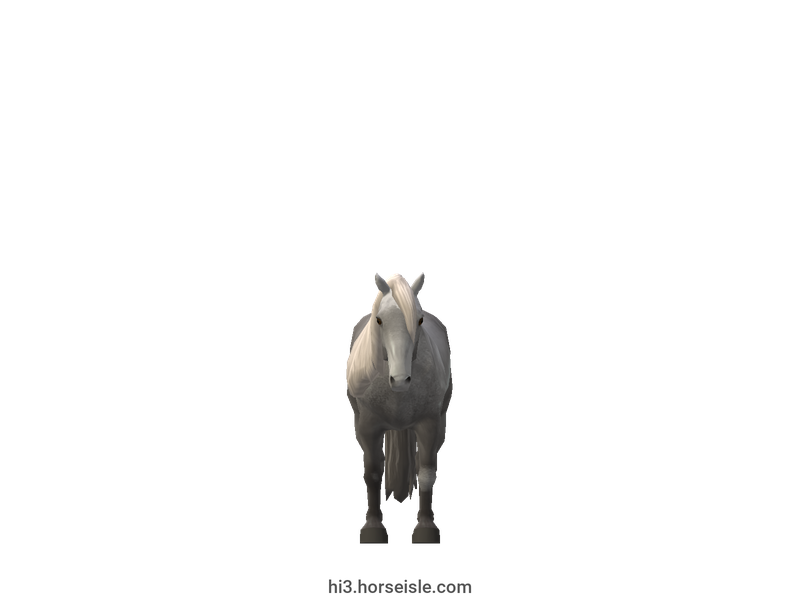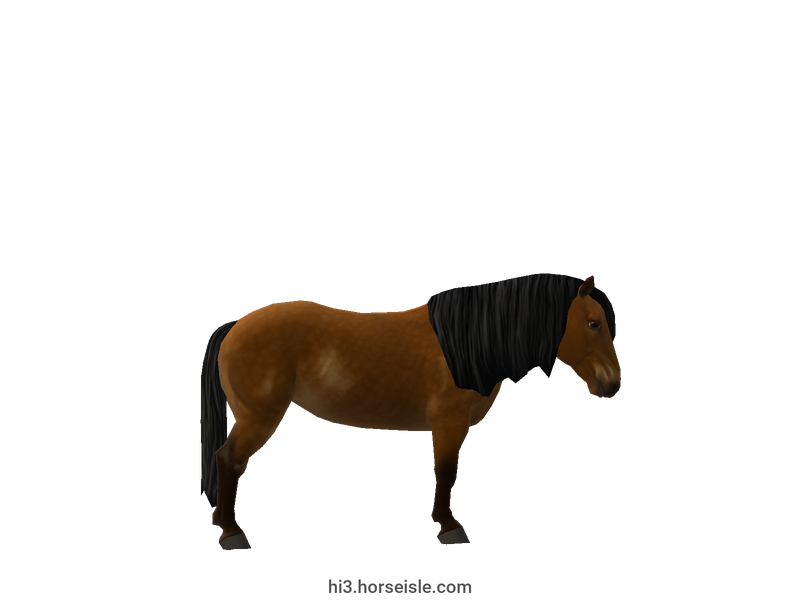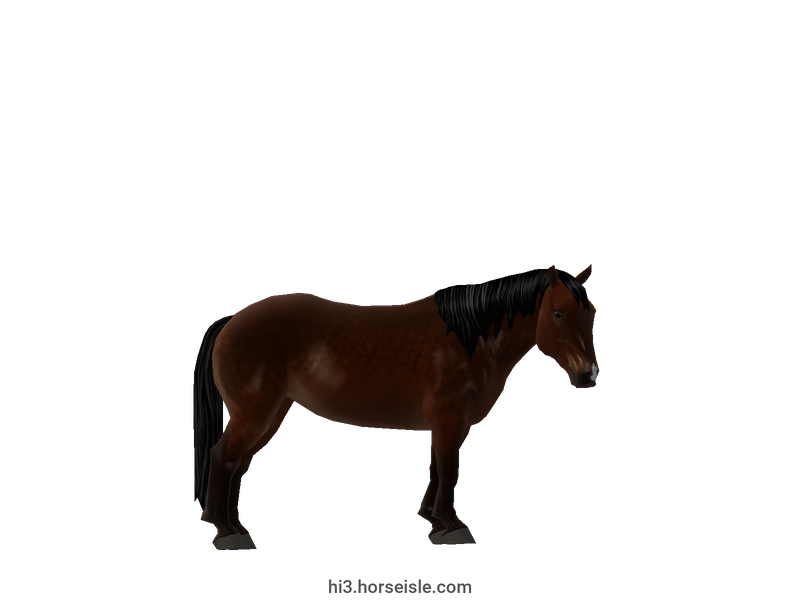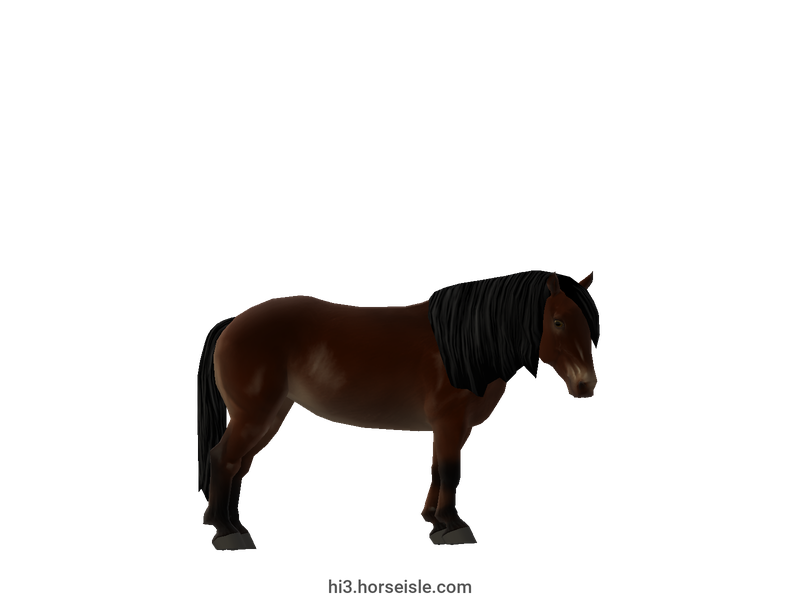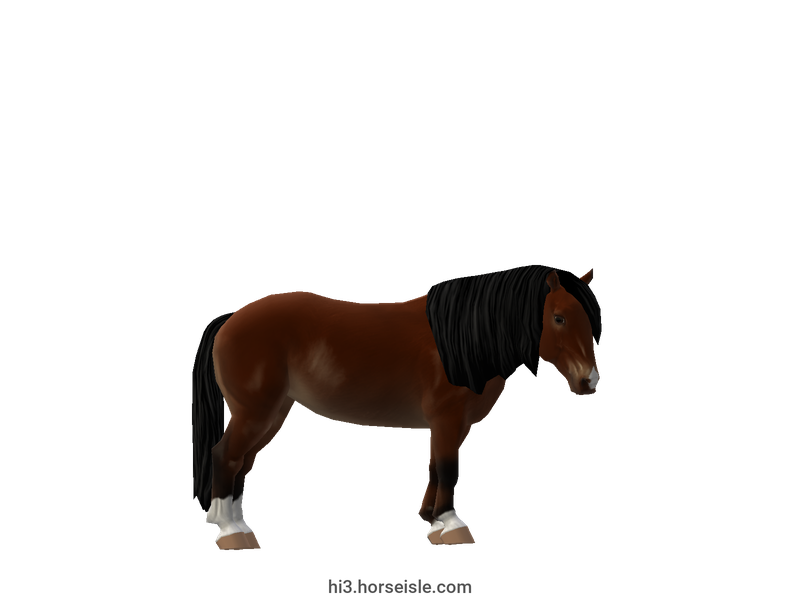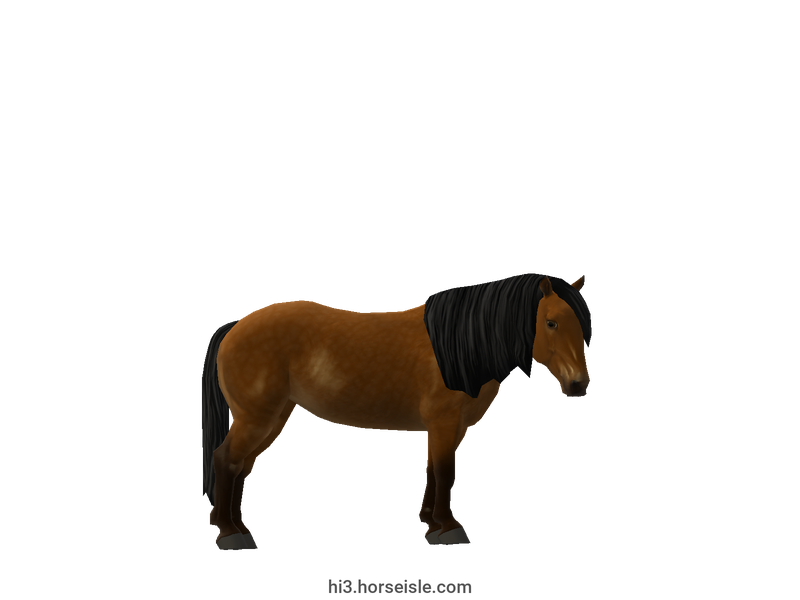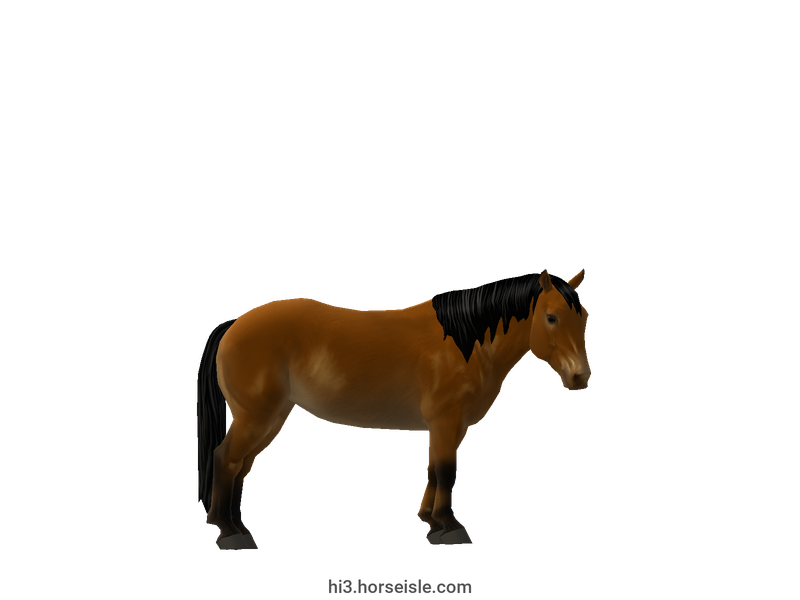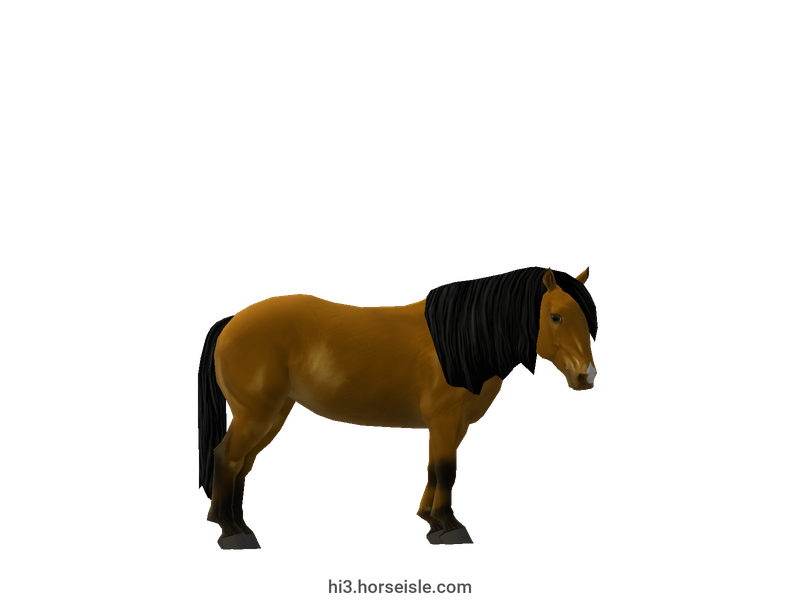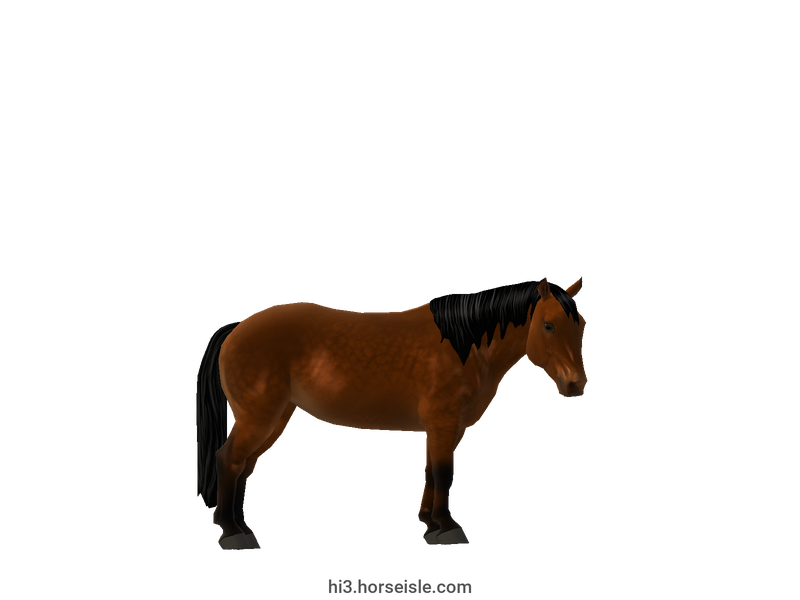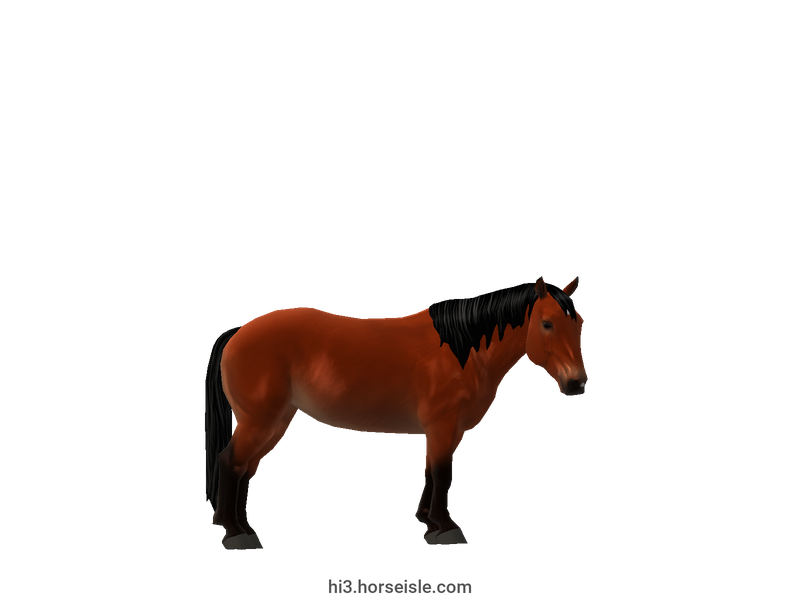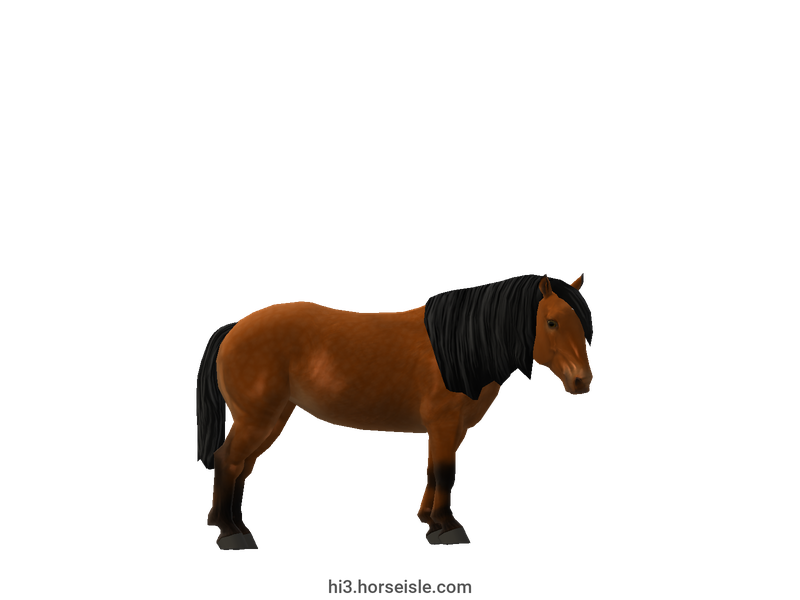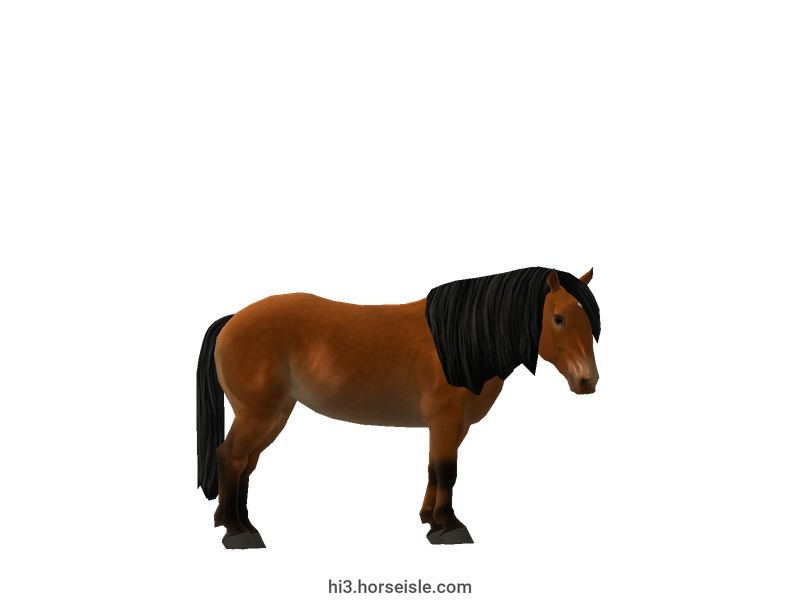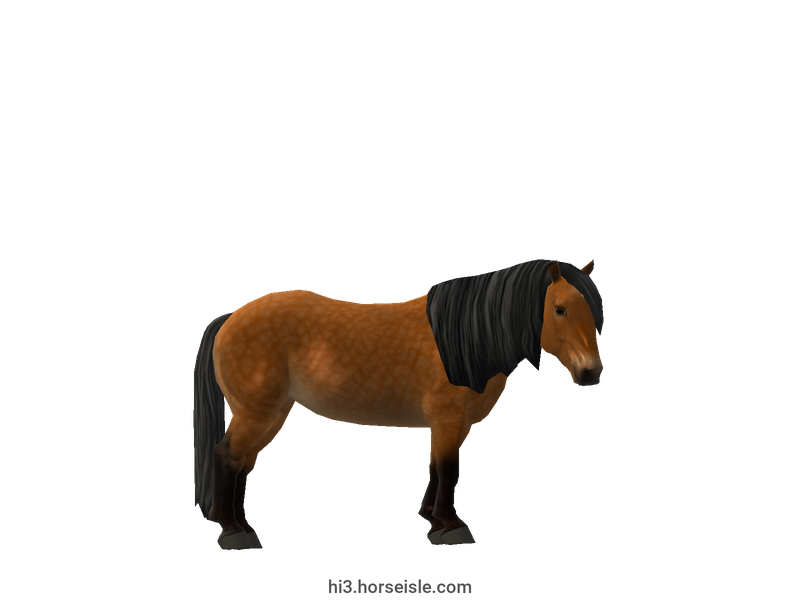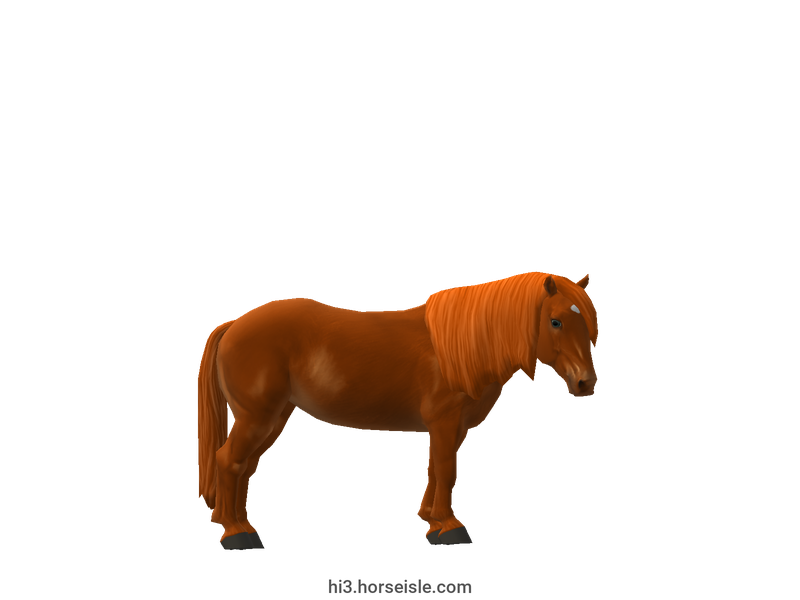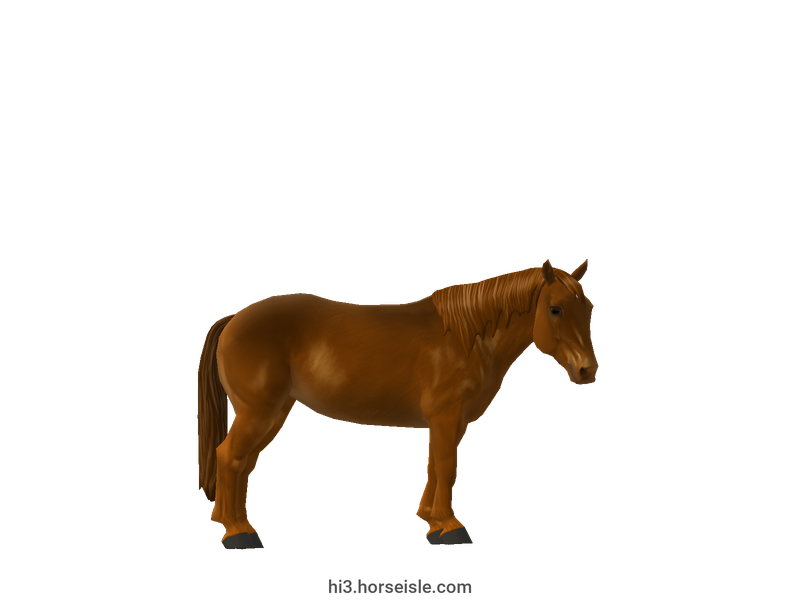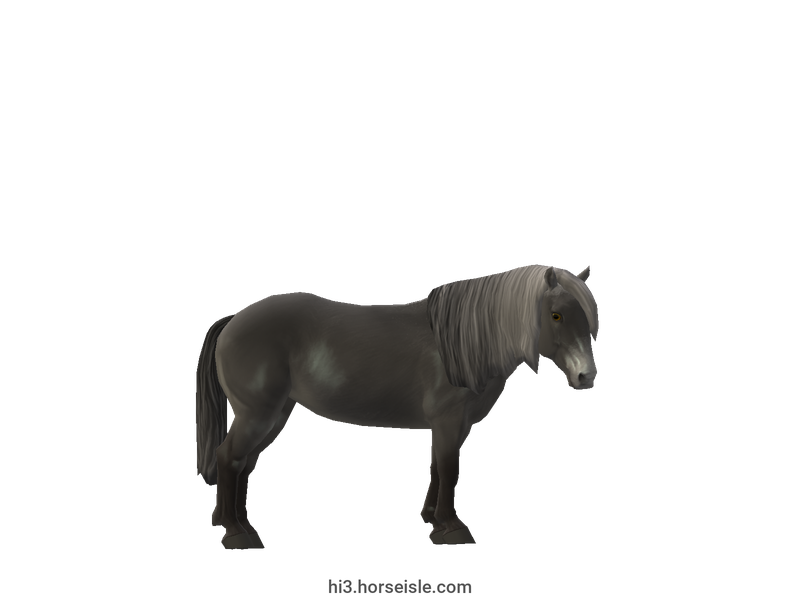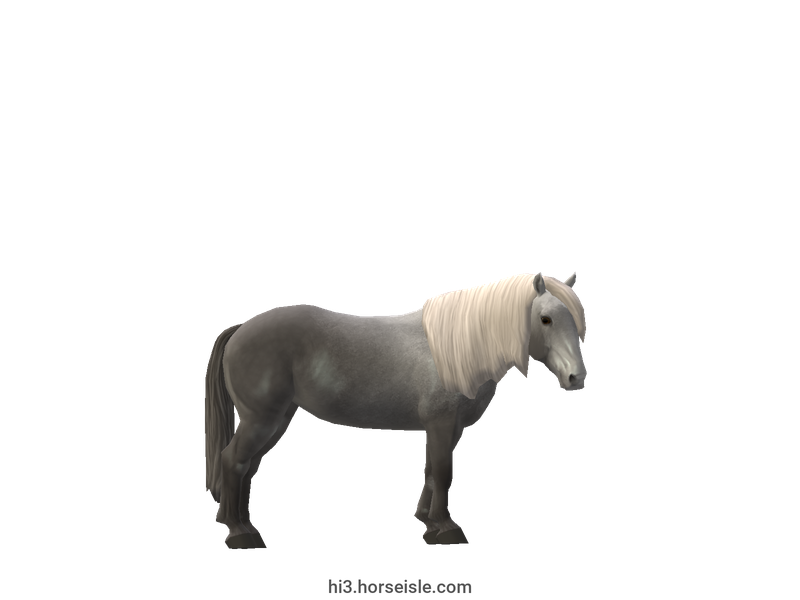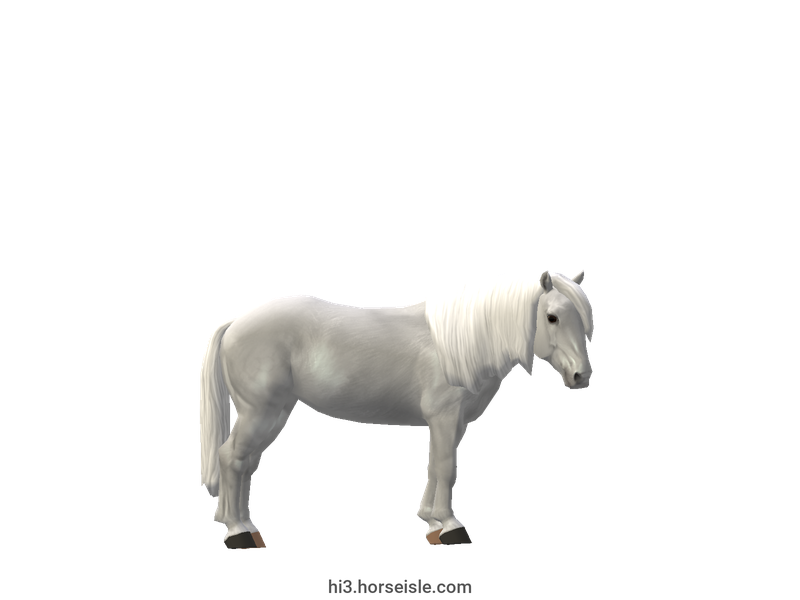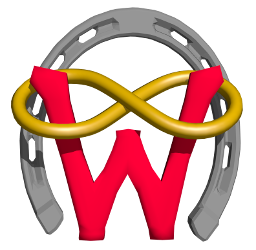Our Massive Real World Equine Reference!
[ INDEX ] Equine Type: Horse Breed: Erlunchun [ PREV ] [ NEXT ]
Chinese, not Mongolian:
There is a slight confusion when it comes to the Erlunchun, with some sources describing it as a 'Mongolian Horse' or a 'Mongolian Breed'.
The Mongolian was created in Mongolia thousands of years ago. In contrast, the Erlunchun was created in northeastern China in the mid-17th century, out of Chinese Mongolian horses of different strains, namely Helongjiang and Soulun. Afterward, it underwent further selection to achieve the desirable conformation and traits.
This all means that the Erlunchun is not a Mongolian horse despite its Mongolian roots. The Mongolian is a different horse breed with its own roots, history, and strains. For more info, please see 'Mongolian'.
Of mountains and deer:
The Erlunchun is named after the Oroqen people, also known as 'Elunchun', which means either 'mountain people' or 'deer hunters' (some sources state the former while others suggest the latter). Both meanings fit the Oroqens, who lived in the high mountains of northeast China and were known to excel at deer hunting.
The same can be said about the Erlunchun, which is a mountain horse that serves as mount for Oroqen hunters. However, it didn't start this way.
Originally a cavalry horse:
The mid-17th century was a period of turmoil and political changes in China, with the invasion of the Russians into northeastern China, and the establishment of the Qing dynasty. Shortly after, some of the Oroqens were assigned to serve in the Chinese Eight-Banner System.
This mandatory conscription might have been the drive behind the development of the Erlunchun, which was created by the Oroqen to serve as a cavalry horse.
The real game changer:
It is unclear exactly when the Oroqen began using their horses for hunting, but sure enough, it became the Erlunchun's primary role. It must have been a real game-changer for the Oroqen, to be able to climb swiftly up and down the icy mountains or to chase deer over vast distances, even through deep snow.
The ultimate mount for the Oroqen hunters:
Decades of breeding ensured that everything about the Erlunchun, from conformation to physiology, was geared toward making it the ultimate horse for hunting in the mountains.
Its short legs kept its center of gravity closer to the ground, which improved its balance when climbing steep mountains. Their thick muscling, broad joints, and wide hooves, enabled better propulsion when galloping in nearly knee-deep snow. The Erlunchun even had the physical strength to carry heavy loads while performing these tasks.
It's all about surviving:
In addition to having what it takes to be a good hunting horse, the Erlunchun also had what it takes to survive outdoors.
Its thick coat kept it warm, even on nights as cold as -50 degrees Celsius. Its natural frugality enabled it to survive on the meager food that the mountains had to offer during winter. If there was no food at all, they were given dried wild boar meat. It is unclear if this is still the case today, as the Oroqens changed their hunting habits (see below).
The Erlunchun today:
Today, the Oroqen people still live in the mountains of northeast China, but after their homeland's forests were declared a nature reserve, they had to abandon hunting and focus on farming. This, among other reasons, reduced their dependency on their Erlunchuns.
Today, the Erlunchun still exists among the Oroqen people who use it for traveling the mountains, but its numbers are low and it is an endangered breed.
Conformation:
The Erlunchun is an extremely sturdy and muscular horse, whose entire conformation is geared towards surviving and traveling in the snow.
The head is very large, with a straight profile, a wide forehead, and a deep jaw, but the muzzle is narrow from the front. The eyes are large but the ears are small. The neck is thick with muscling and is short in length. The wither are prominent but are also short, unlike the back which is long.
The hindquarters are muscular, the croup is sloping, and the body is wide. The legs are very thick, with broad joints and wide, hard hooves. They are also short in length, and this improves the Erlunchun's balance over snow.
The man and tail can grow long and thick, and the legs are covered with medium feathering.
A note about hocks:
Another trait of real Erlunchuns, which does not exist in Horse Isle, is hocks that are close together. This trait is seen in several other breeds that are required to travel over mountainous terrains, and is believed to improve their balance.
Performance metrics:
The following are the: range, average, (SD), and MOE of performance metrics of ordered Erlunchuns in Horse Isle (not bred ones). In rare cases,
Speed: 13.0-14.6, 13.8 (0.4), 0.07.
Sprint: 29-45, 37 (4), 0.74.
Accel: 0.80-0.98, 0.89 (0.04), 0.01.
Decel: 0.93-1.10, 1.02 (0.03), 0.01.
Jump: 4.71-5.00, 4.83 (0.06), 0.01.
Pull: 2.18-2.79, 2.53 (0.13), 0.03.
Turning: 40.51-54.73, 47.25 (2.93), 0.57.
Reverse: 1.8-2.5, 2.1 (0.1), 0.03.
Stamina: 50.34-55.72, 52.99 (1.09), 0.21.
Reaction: 0.78-0.87, 0.82 (0.02), 0.00.
Coats & Height:
Colors: usually bay or grey. More rarely, chestnut.
Additionals: flaxen, sooty, mealy, dark mane & tail. The coat is always solid.
Height:
* most Erlunchuns stand between 12hh and 12.3hh, but stallions can be as tall as 13.2hh.
[ INDEX ] [ PREV ] [ NEXT ]

